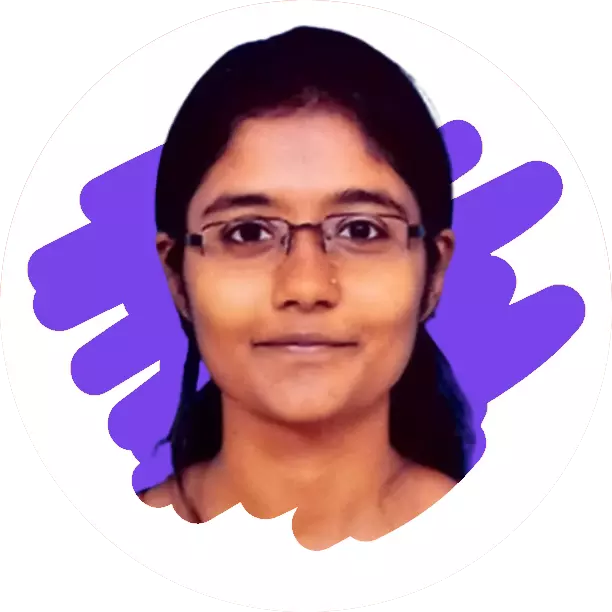'Survival Of Richest': Over 40% Of India's Wealth Owned By 1% Of Population; Bottom 50% Accounted For 3%
Writer: Laxmi Mohan Kumar
She is an aspiring journalist in the process of learning and unlearning many things. Always up for discussions on everything from popular culture to politics.
India, 16 Jan 2023 12:50 PM GMT
Editor : Shiva Chaudhary |
A post-graduate in Journalism and Mass Communication with relevant skills, specialising in content editing & writing. I believe in the precise dissemination of information based on facts to the public.
Creatives : Laxmi Mohan Kumar
She is an aspiring journalist in the process of learning and unlearning many things. Always up for discussions on everything from popular culture to politics.
A one-off tax on unrealised gains of India’s richest person, Gautam Adani, could rise to ₹1.79 lakh crore - an amount sufficient to employ more than 50 lakh primary school teachers for a year in the country. Is it time the rich pay their share of fair taxes?
Distribution of wealth is one of the important criteria which helps reflect a country's economic equality and social welfare. Only when there's, a heterogenous distribution of wealth among different communities can a country truly be considered to be working toward the welfare of one and all. This structure becomes problematic when the wealth remains concentrated among a small population and further pushes the bottom section into poverty.
Such trends of wealth exploitation have been noticed in India for ages, from the time when kings ruled the country to when national governments overtook divisive politics. A recent report released by Oxfam studied the distribution of wealth in India in 2021 and the strategies the government can adopt to bring an end to economic inequality.
Half The Population Accounts For 3% Wealth
Oxfam released the "Survival of the Richest: The India Supplement" report on January 16, which shed light on multiple disparities and inequalities within the economic conditions of India. The richest one per cent of the country owned more than 40.5 per cent of the total wealth in 2021, while the bottom 50 per cent of the population only accounted for around three per cent of it. It can be deduced through this distribution of wealth that the country poses immense economic inequality and a lack of economic heterogeneity.
The combined wealth of India's 100 richest people was equated with being around ₹54.12 lakh crore, and the total wealth of the ten richest Indians stood at ₹27.52 lakh crore in 2022. This is a 32.8 per cent rise from the 2021 data on wealth distribution. The number of billionaires within the country also rose from 102 in 2020 to 142 in 2021 and 166 in 2022. With the wealth being concentrated among the group of billionaires, 22.89 crore people in India live in poverty – the highest in the world, according to the report.
Talking about the taxation the 50 per cent and 1 per cent population faces, the report said that the bottom population pays six times more on indirect taxation as a percentage of income compared to the top ten per cent. Of the total taxes collected from food and other items, 64.3 per cent was incurred by the bottom fifty per cent of the population, according to a report by The Indian Express. Oxfam suggested that such inequalities in tax structures could exacerbate inequalities.
Bringing A Balance In The System
A progressive taxation system could enable economic equality, and for this, the tax rate increases as the taxable amount increases. Oxfam India reflects that while income tax rates in the country are based on income, the indirect taxes applies the same for all individuals irrespective of what they earn. "Heavy reliance on consumption taxes like Value Added Tax (VAT) increases inequality and is regressive in nature because poor people pay a larger share of their incomes," explained the report. This burns a huge hole in the pockets of those struggling to make ends meet and takes a drop out of the ocean of wealth of the rich.
Supporting this statement, a report by the Scroll stated that a one-off tax on unrealised gains from 2017–2021 of India's richest person, Gautam Adani, could raise up to ₹1.79 lakh crore. This amount would be more than enough to employ over 50 lakh primary school teachers for a year in India.
Recommending a change in this system, the non-profit organisation asked the government to impose a wealth tax to generate more government revenue, which can then be redirected to the country's development. Added to these, Oxfam also called for a reduction in Goods and Services Tax (GST) rates on essential commodities. They recommended directing these costs toward increasing GST on luxury goods instead.
Talking about the prevailing inequality, Oxfam India's Chief Executive Officer Amitabh Behar said, "The country's marginalised – Dalits, Adivasis, Muslims, Women and informal sector workers – are continuing to suffer in a system which ensures the survival of the richest." He urged the finance minister to bring in the necessary reforms and ensure that the rich pay their fair share of taxes.
Also Read: India's Richest! At Rs 4,848 Crore, BJP Has Highest Number Of Assets Among 7 Political Parties
 All section
All section















